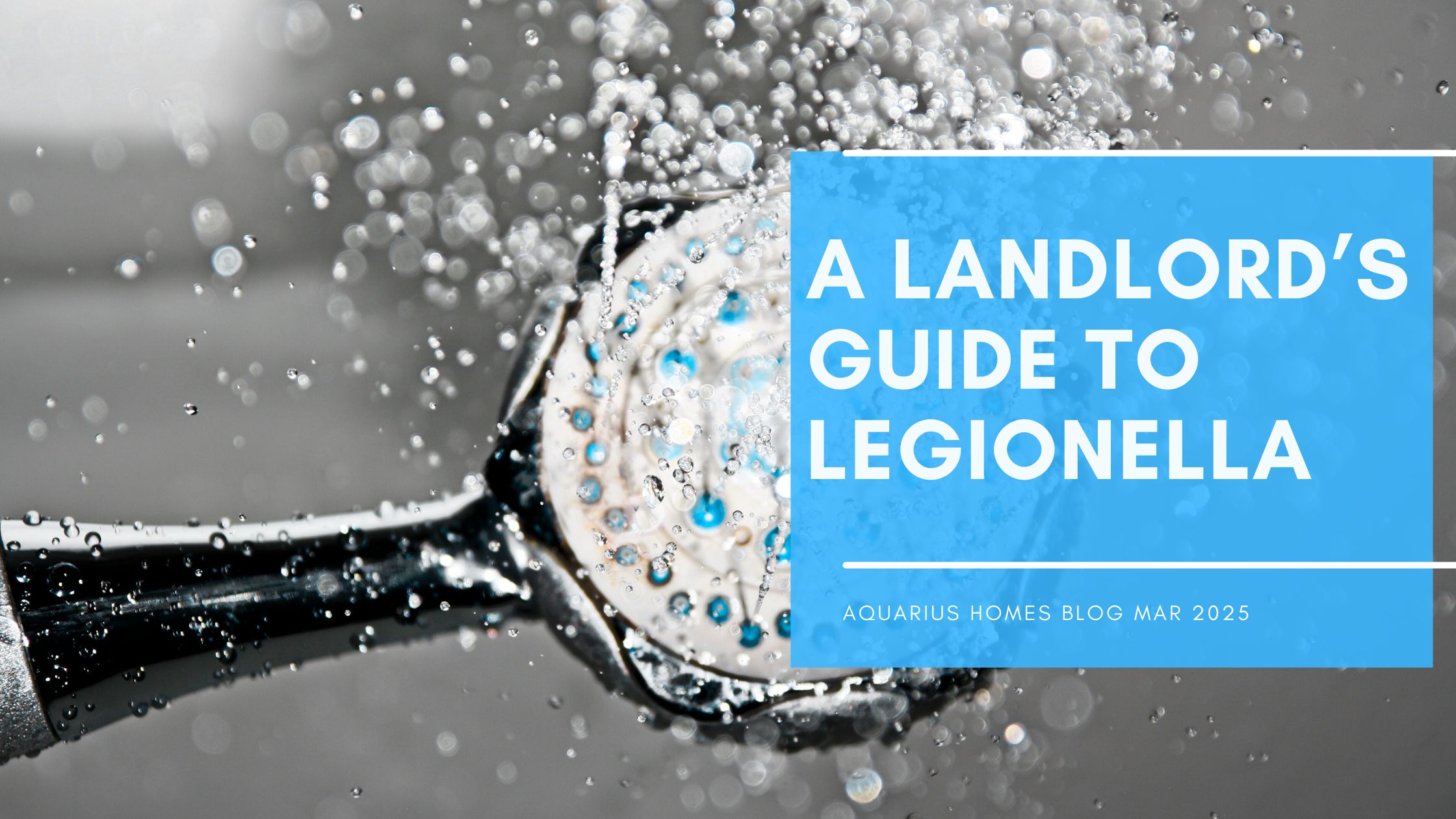As a landlord, there’s always plenty to keep on top of regarding safety in your rental property, and one of the health hazards you need to be aware of is Legionella. Legionella is a bacteria that can pose serious health risks, and it’s your responsibility to ensure your tenants are protected. In this guide, we’ll break down what Legionella is, how it develops, what you need to do to assess and manage the risks, and your legal responsibility surrounding the issue.
What is Legionella?
Legionella bacteria is commonly found in natural water sources and can become hazardous when it flourishes in residential water systems. If ingested or inhaled, water containing Legionella can cause Legionnaire’s disease which the NHS describe as ‘a lung infection you can get from inhaling droplets of water … It's uncommon but it can be very serious’. Legionella bacteria can be found in any man-made hot and cold-water systems where water is stored between 20°C and 45°C degrees. Specifically, the bacteria thrive in stagnant water, such as open water tanks, showerheads, hot tubs and air conditioners. Any properties that are left empty for a long time are particularly at risk.
Landlord’s Responsibilities
Landlords are legally responsible to assess the health risks in their property and where necessary manage and control these risks to ensure the safety of their tenants. There is not a direct legal requirement that a formal legionnaire’s risk assessment is needed, like a gas safety certificate, or EICR, however landlords do have a duty of care to warrant the properties water is safe. Therefore, a Legionella risk assessment is a good way to show due diligence and ensure the safety of tenants.
Risk Assessment
The goal of a Legionella risk assessment is to identify and minimise the risks associated with Legionella bacteria in the property’s water system. To do this you should identify potential risks such as stored, or stagnant water, and look out for dead-end pipes. Check the water temperature to ensure cold water is below 20°C, and hot water is above 50°C, and identify any hazards such as rust or any parts of the system that are used less frequently. Records of the assessment should be kept and dates put in place to review these regularly. The best way to stay on top of these checks is to integrate them with routine property inspections, and before any new tenancy starts.
It's a good idea to use a template or checklist for the risk assessment, which you can find online so you don’t miss any critical factors, and it keeps the process, and record of it, straightforward. If a tenant catches Legionnaire’s from the property, a landlord can be held responsible, so it’s important you can demonstrate you’ve done all you can to mitigate the risk.
Control Measures
Depending on the outcome of the risk assessment, control measures should be put in place to minimise the risk. Fortunately, there are several fairly easy things that can be done such as:
- Flushing through the system – especially before a new tenancy starts
- Adjusting water temperatures and setting temperature controls
- Installing lids to water tanks and cisterns, and ensuring they are free of debris
- Keeping pipework as short as possible, and removing dead-end pipes
- Descaling showerheads and taps
- Clean or replace any contaminated water storage system
- Consider using combi boilers and electric showers to reduce the need for water storage
- Seek professional help if needed
What Tenants can Do
It is imperative that tenants are informed and educated about their role in minimising their risk to exposure of Legionella. Any control measures you put in place should be clearly explained to them, along with guidance on anything they need to be doing such as cleaning showerheads, and taps, regularly flushing the system, and reporting any issues with the water system to help reduce the risk further.
Enforcement
Failure to manage the risk of Legionella can result in enforcement action form the Health and Safety Executive (HSE) including fines and imprisonment, even if non-compliance doesn’t result in any illness - the property could still be posing a danger to the tenant.
Ensuring the safety and well-being of your tenants is not only a legal obligation but also a fundamental part of being a responsible landlord and providing quality housing. If you need assistance with managing legionella risks, then we offer a fully managed package to take all the stress out of being a landlord. Get in touch today to see how we can help!
📲𝟶𝟷𝟸𝟸𝟻 𝟾𝟺𝟶 𝟶𝟶𝟽
💻𝚕𝚎𝚝𝚝𝚒𝚗𝚐𝚜@𝚊𝚚𝚞𝚊𝚛𝚒𝚞𝚜𝚑𝚘𝚖𝚎𝚜𝚋𝚊𝚝𝚑.𝚌𝚘𝚖








